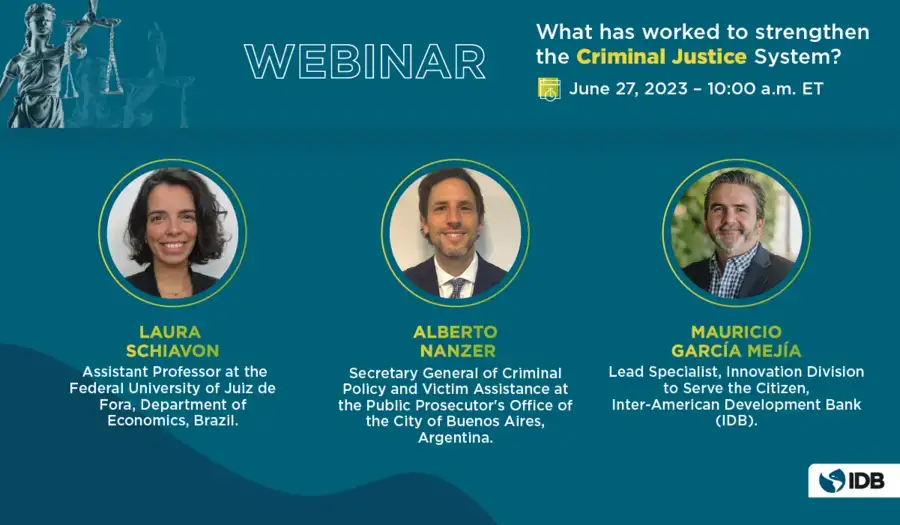Definition
.Category that brings together a set of initiatives, practices or types of interventions that share the same strategic focus ("what" they intend to do and/or problems they intend to solve or mitigate) and the same forms of action and approach ("how" they intend to address problems and advance their purposes).
91
Evaluated cases
Definition
These are examples of practical application of each type of solution included in the platform. They correspond, in general, to specific initiatives or programs through which a set of activities are implemented, developed and executed in an articulated manner, seeking to mobilize a set of resources (physical, human, financial or technological) in favor of the realization of a common objective and purpose and the achievement of a set of clearly identified and specified results.
9
Effective cases
Definition
.The classification of a case as "effective" means that there is consistent and robust evidence (i.e., assessed by research using Maryland Scale Level 5 methodology) that the implementation of the program/initiative contemplated in that case generated a positive impact on the intended and evaluated outcome variables ("outcomes").
Activate the filters and/or select one of the solution types below to view details of existing evidence and examine practical application cases.
Redirection of Hard Drug Abuse Offenders
Mixed Evidence
.
.
.
.
.
Has been effective to reduce hard drug use, but there is no conclusive evidence regarding the impact on recidivism.
DUI Treatment Court
Mixed Evidence
.
.
.
.
.
There is no conclusive evidence of the effectiveness of these courts, although there are promising indications.
Redirection of Offenders with Mental Health Problems
Promising
.
.
.
.
.
Has shown promising results in terms of reducing recidivism, especially when applied after prosecution.
Specialized Mental Health Courts
Promising
.
.
.
.
.
Has produced positive effects in terms of reducing criminal recidivism by people with psychiatric illnesses.
Restorative Justice
Effective
.
.
.
.
.
Has reduced recidivism in violent crimes and increased victim satisfaction, although the evidence is mixed for child abuse.
Restorative Justice: Youth
Promising
.
.
.
.
.
The Crime Solutions platform evaluated the impact of 110 Restorative Justice programs aimed at young people. This type of intervention was classified as promising in terms of reducing recidivism, and it was considered to increase the perception of justice by victims while favoring “restoration” and reparation by young offenders [1][2][3].
Electronic Monitoring of Offenders
Mixed Evidence
.
.
.
.
.
The evidence varies depending on how recidivism rates are calculated. In addition, it has not worked with moderate/severe offenders, but has worked with sex offenders.
Alternative Measures
Mixed Evidence
.
.
.
.
.
The evidence is inconclusive. The small number of high quality studies precludes a more assertive understanding and measurement of the impact of Alternative Measures on recidivism.
Alternative Measures: Youth
Promising
.
.
.
.
.
When applied before sentencing, they have worked, especially for primary offenders; after sentencing, they work for female offenders.
Some types of solutions were not included in the Evidence Bank due to the absence of systematic reviews and meta-analyses that have evaluated them, or due to weaknesses identified in existing evaluations. Click here to see the list of types identified but not included in the Evidence Bank.
Search for types of solutions or evaluated cases
Enter keywords and use the filters to find the most relevant evidence for your area of expertise/interest
Community of Practice
Connect with sectoral leaders, participate in initiatives and discussions, and access news, techniques and tools relevant to evidence-based policymaking.



